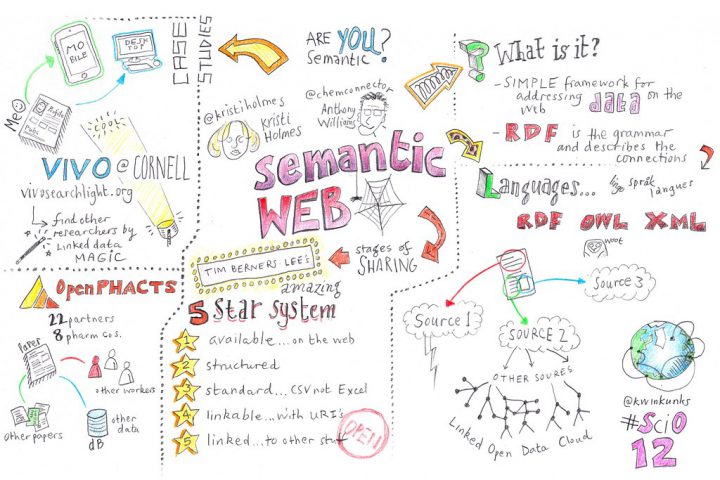What is Semantics?
Semantics is the study of meaning. By creating a common understanding of the meaning of things, semantics helps us better understand each other. Common meaning helps people understand each other despite different experiences or points of view. Common meaning helps computer systems more accurately interpret what people mean. Common meaning enables disparate IT systems – data sources and applications – to interface more efficiently and productively.
What is an Ontology?
An ontology defines all of the elements involved in a business ecosystem and organizes them by their relationship to each other. The benefits of building an ontology are:
- Everyone agrees on a common set of terms used to describe things
- Different systems – databases and applications – can communicate with each other without having to directly connect to each other.
Enterprise Ontology
An Ontology is a set of formal concept definitions.
An Enterprise Ontology is an Ontology of the key concepts that organize and structure an Organization’s information systems. Having an Enterprise Ontology provides a unifying whole that makes system integration bearable.
An Enterprise Ontology is like a data dictionary or a controlled vocabulary, however it is different in a couple of key regards. A data dictionary, or a controlled vocabulary, or even a taxonomy, relies on humans to read the definitions and place items into the right categories. An ontology is a series of rules about class (concept) membership that uses relationships to set up the inclusion criteria. This has several benefits, one of the main ones being that a system (an inference engine) can assign individuals to classes consistently and automatically.
By building the ontology in application neutral terminology it can fill the role of “common denominator” between the many existing and potential data sources you have within your enterprise. Best practice in ontology building favors building an Enterprise Ontology with the fewest concepts needed to promote interoperability, and this in turns allows it to fill the role of “least common denominator”
Building an Enterprise Ontology is the jumping off point for a number of Semantic Technology initiatives. We’ll only mention in passing here the variety of those initiatives (we invite you to poke around our web site to find out more) . We believe that Semantic Technology will change the way we implement systems in three major areas:
- Harvest – Most of the information used to run most large organizations comes from their “applications” (their ERP or EHR or Case Management or whatever internal application). Getting new information is a matter of building screens in these applications and (usually) paying your employees to enter data, such that you can later extract it for other purposes. Semantic Technology introduces approaches to harvest data not only from internal apps, but from Social Media, unstructured data and the vast and growing sets of publicly available data waiting to be integrated.
- Organize – Relational, and even Object Oriented, technology, impose a rigid, pre-defined structure and set of constraints on what data can be stored and how it is organized. Semantic Technology replaces this with a flexible data structure that can be changed without converting the underlying data. It is so flexible that not all the users of a data set need to share the same schema (they need to share some part of the schema, otherwise there is no basis for sharing, but they don’t need to be in lockstep, each can extend the model independently). Further the semantic approach promotes the idea that the information is at least partially “self-organizing.” Using URIs (Web based Uniform Resource Identifiers) and graph-based databases allows these systems to infer new information from existing information and then use that new information in the dynamic assembly of data structures.
- Consume — Finally we think semantic technology is going to change the way we consume information. It is already changing the nature of work flow-oriented systems (ask us about BeInformed). It is changing data analytics. It is the third “V” in Big Data (“Variety”). Semantic Based mashups are changing the nature of presentation. Semantic based Search Engine Optimization (SEO) is changing internal and external search.
Given all that, how does one get started?
Well you can do it yourself. We’ve been working in this space for nearly ten years and have been observing clients take on a DIY approach, and while there have been some successes, in general we see people recapitulating many of the twists and turns that we have worked through over the last decade.

